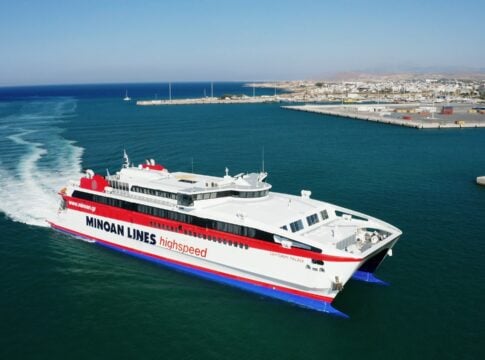By N. Bellos
The number of non-performing loans (NPLs) in the European Union fell significantly in 2017, with one exception in terms of individual EU member-states: Greece.
According to figures released by the EU Commission in Brussels on Thursday, Greece’s thrice-recapitalized systemic banks have the worst performance in terms of NPLs.
The standing problem has repeatedly been cited by the ECB, SSM and the IMF as a massive obstacle towards normalizing the Greek banking sector and even a threat to the country’s economic recovery, in general.
The Commission, on its part, is expected to unveil more measures in the spring to deal with NPLs.
Specifically for Greece, the Commission report noted that in NPLs in Greece in the second quarter of 2017 represented 46.9 percent of all loans extended in the country, whereas the EU average was a paltry 4.6 percent.
At the same time, the reduction in NPLs in Greece between Q2 2016 and Q2 2017 was negligible: only a 0.3-percent decrease, from 47.2 percent to 46.9 percent.
Conversely, the quarter-to-quarter reduction in the EU, as a whole, was one percentage point, from 5.6 percent to 4.6 percent.














